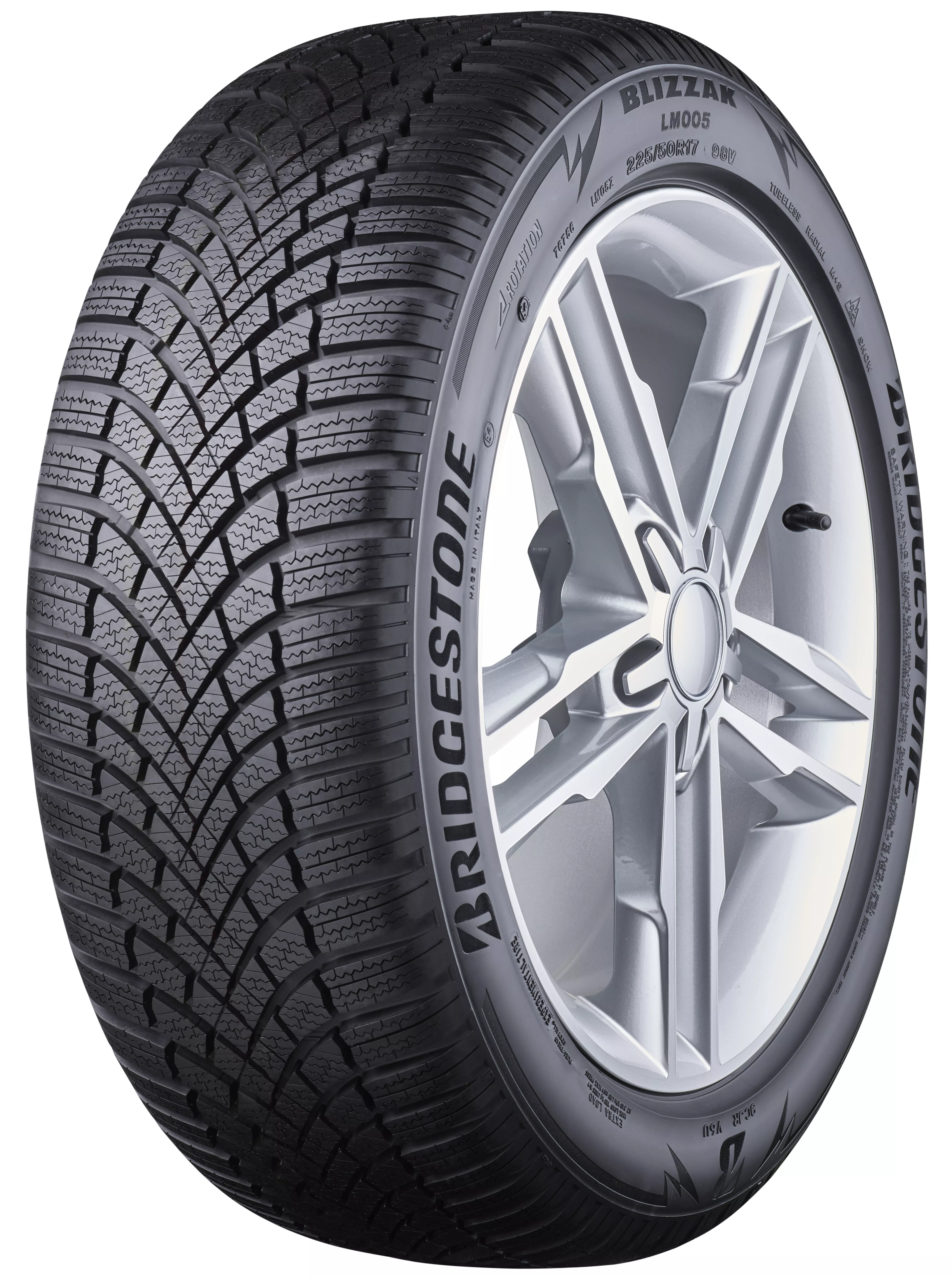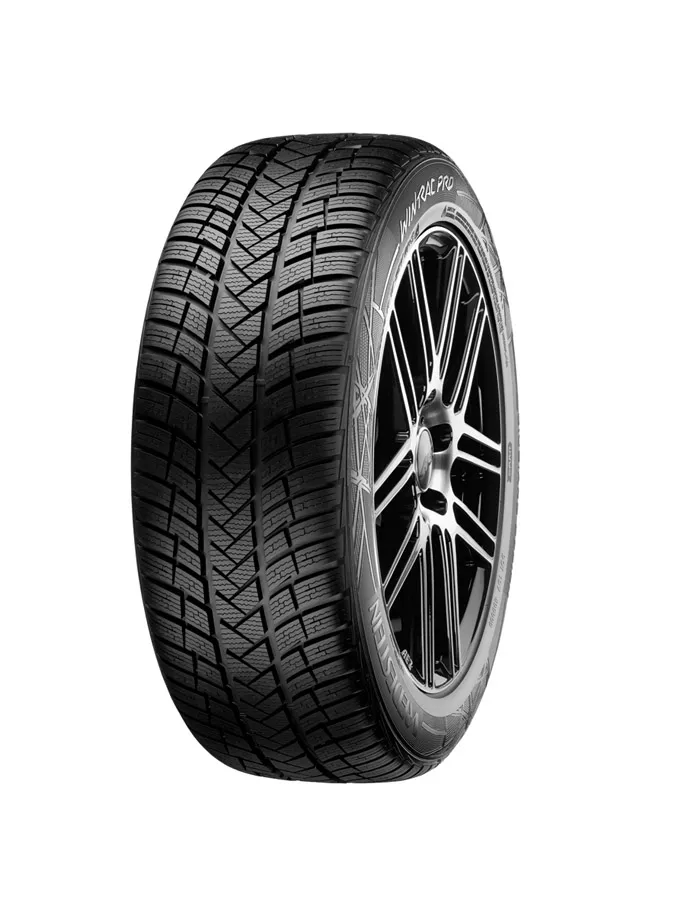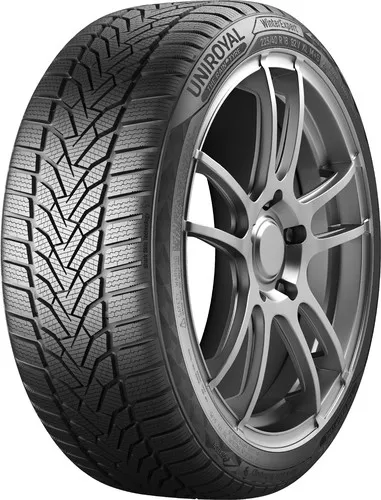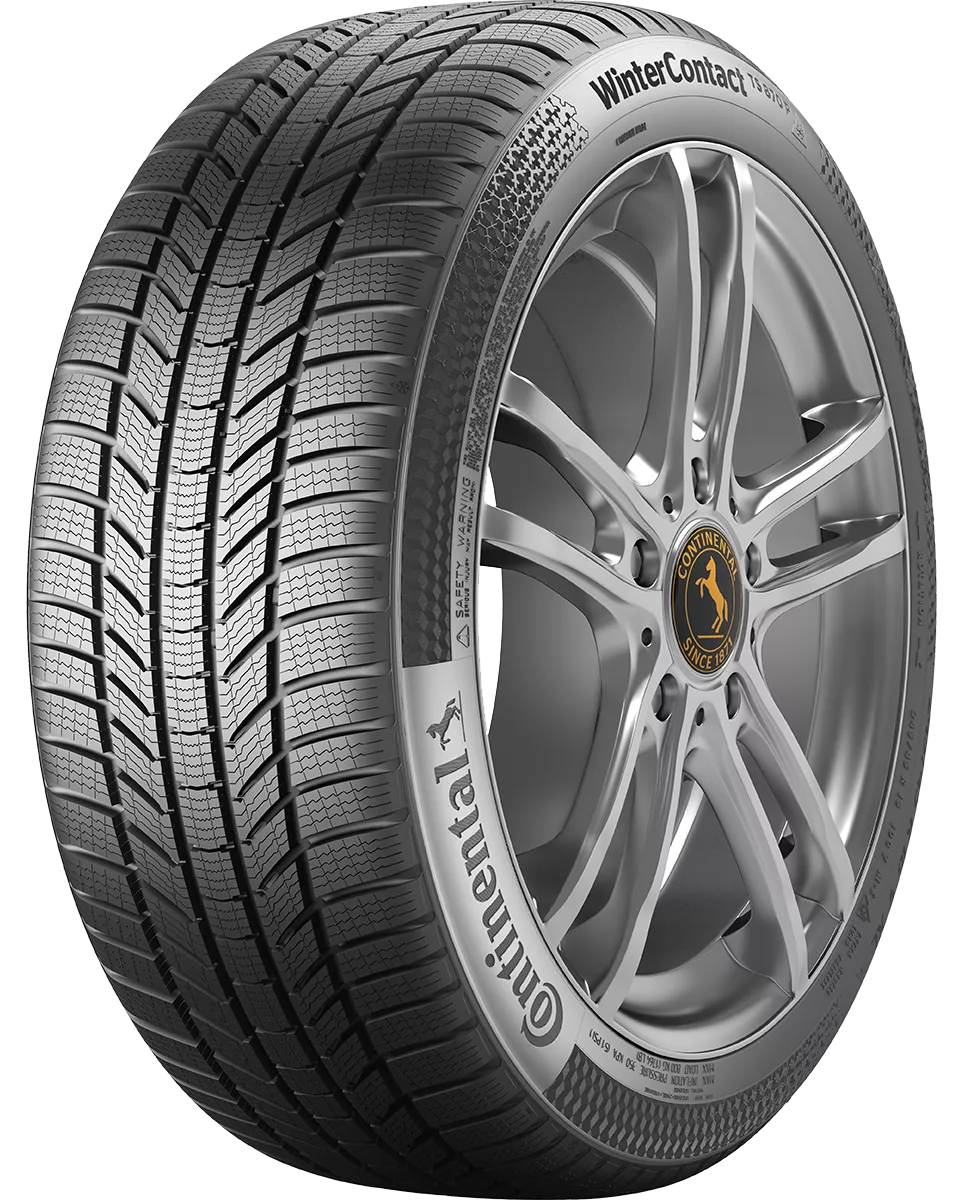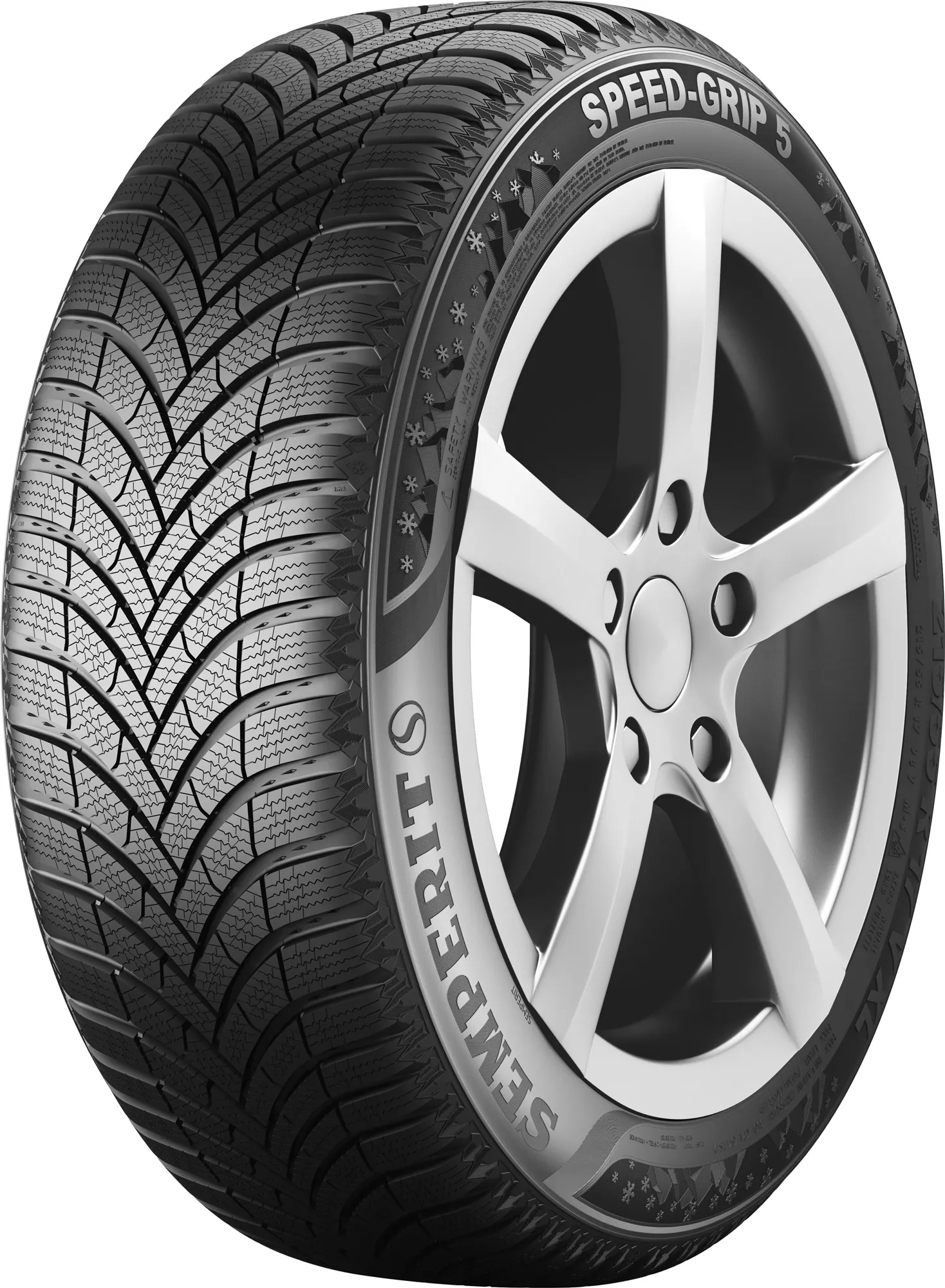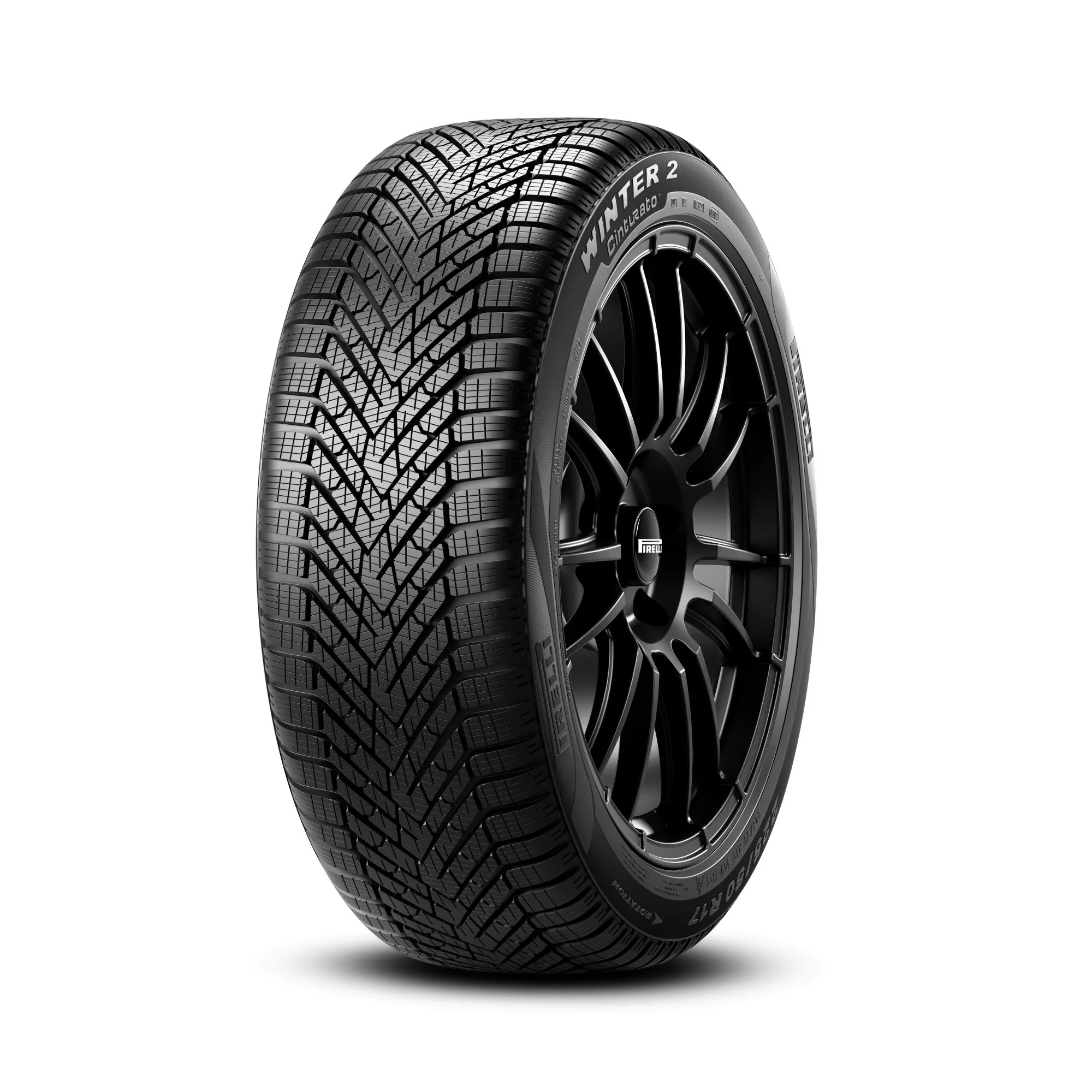Table of contents:
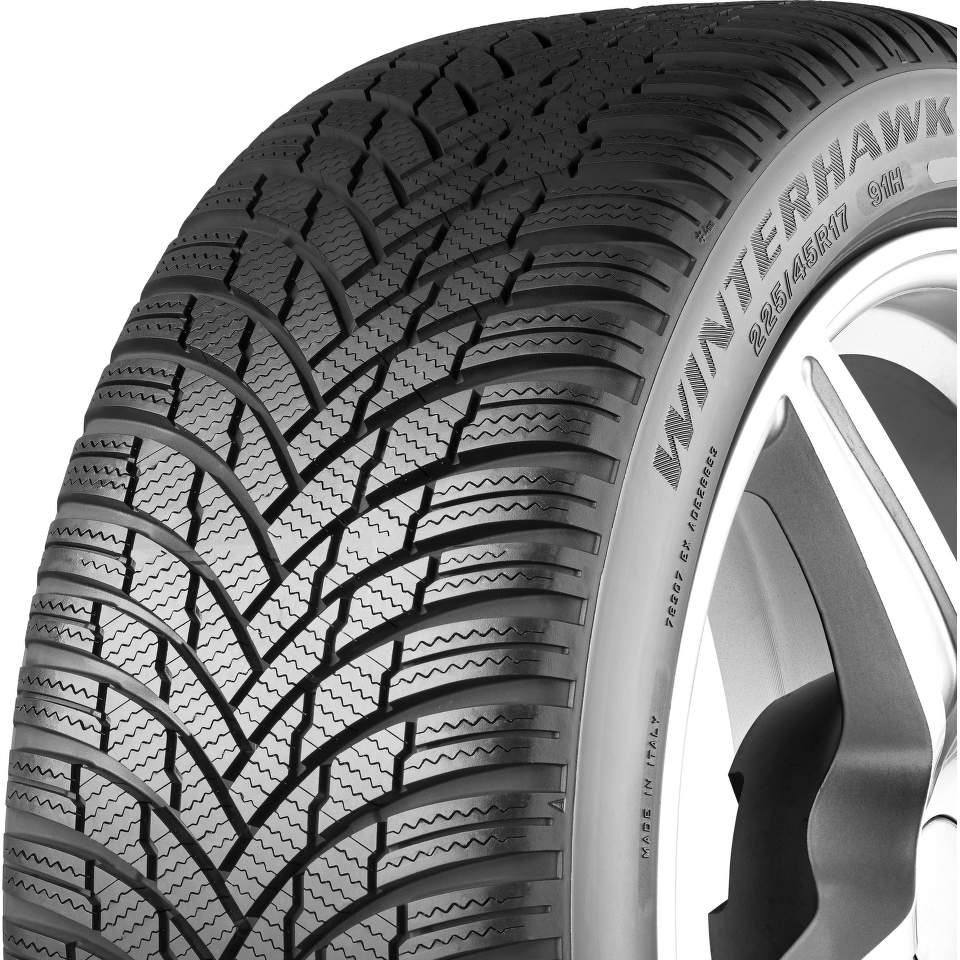
225/55 R18 Firestone Winterhawk 4 variants
No
No
Special: .
Firestone Winterhawk 4 is a winter tyre made in total of 100 sizes, ranging from R14 to R14 - this particular dimension is R18, which means it fits to a 18 inch/457.2mm diameter wheel. 225/55 R18 is 70mm wider than the narrowest dimension (155) and 50mm narrower than the widest one (275). This tyre profile of 55 means the sidewall height of the tyre is 55% of the tyre width (225mm), which results in 123.75mm sidewall height. In 225/55 R18, there is only one possible speed index for Firestone Winterhawk 4 - "V", which is good for speeds up to 240 km/h. In 225/55 R18, Winterhawk 4 usually competes against Blizzak LM-005, which is a tyre from Bridgestone with a rating of 87%, compared to 65% of the Firestone in question.
Firestone Winterhawk 4 is made in 100 sizes, starting from 155/65 R14 up to 275/45 R20.
Similar tires
Firestone Winterhawk 4 in tyre tests
Relevant tyre tests in same or similiar dimension (225/55 R18)

| Name | Stopping distance on wet | Stopping distance on snow | |||||
|---|---|---|---|---|---|---|---|
| Best values in test | 31,4 | 29,2 | |||||
| Firestone Winterhawk 4 | 33,9 | 31,0 | |||||
| Show test details | |||||||

Autobild Winter tyre test 2023 225/45 R18
not recommended
Ranked #20 of 20
The Firestone Winterhawk 4 finished in last place, ranking 20th out of 20 competitors. In the assessment, it was particularly criticized for its markedly understeering dry handling, extended braking distances on dry surfaces, and increased rolling resistance. Despite showing balanced driving behavior on snow and wet conditions, these shortcomings led to a final verdict of "Not recommended." This evaluation highlights a significant contrast between its performance in different conditions, emphasizing the areas where improvements are necessary for better overall safety and efficiency in winter driving conditions.
not recommended
Ranked #20 of 20
The Firestone Winterhawk 4 finished in last place, ranking 20th out of 20 competitors. In the assessment, it was particularly criticized for its markedly understeering dry handling, extended braking distances on dry surfaces, and increased rolling resistance. Despite showing balanced driving behavior on snow and wet conditions, these shortcomings led to a final verdict of "Not recommended." This evaluation highlights a significant contrast between its performance in different conditions, emphasizing the areas where improvements are necessary for better overall safety and efficiency in winter driving conditions.
| Name | Wet | Dry | Snow | Running costs | |||
|---|---|---|---|---|---|---|---|
| Best values in test | 2+ | 2+ | 1 | 2+ | |||
| Firestone Winterhawk 4 | 2+ | 3 | 2 | 2 | |||
| Show test details | |||||||

Autobild Winter tyre test 2023 225/60 R18
not recommended
Ranked #9 of 10
The Firestone Winterhawk 4 finished in the 9th position out of several competitors, receiving a final rating of "Not recommended." Despite being praised as a winter specialist with good aquaplaning qualities and a low price level, significant drawbacks were highlighted that impacted its overall performance. The tyre demonstrated strong understeering during dry handling, delayed steering response, and extended braking distances on both wet and dry surfaces. Despite these criticisms, it's important to note that the Firestone Winterhawk 4 excelled in snow braking, snow cornering, and snow handling, indicating its effectiveness under specific winter conditions. However, these strengths were not enough to offset the identified weaknesses, leading to its final evaluation.
not recommended
Ranked #9 of 10
The Firestone Winterhawk 4 finished in the 9th position out of several competitors, receiving a final rating of "Not recommended." Despite being praised as a winter specialist with good aquaplaning qualities and a low price level, significant drawbacks were highlighted that impacted its overall performance. The tyre demonstrated strong understeering during dry handling, delayed steering response, and extended braking distances on both wet and dry surfaces. Despite these criticisms, it's important to note that the Firestone Winterhawk 4 excelled in snow braking, snow cornering, and snow handling, indicating its effectiveness under specific winter conditions. However, these strengths were not enough to offset the identified weaknesses, leading to its final evaluation.
| Name | |||||||
|---|---|---|---|---|---|---|---|
| Firestone Winterhawk 4 | |||||||
| Show test details | |||||||

| Name | Wet | Dry | Snow | Ice | Noise | Wear | |
|---|---|---|---|---|---|---|---|
| Best values in test | 1,6 | 1,9 | 1,5 | 2,1 | 2,7 | 1,5 | |
| Firestone Winterhawk 4 | 2,1 | 3,3 | 1,9 | 2,1 | 2,9 | 2,5 | |
| Show test details | |||||||

